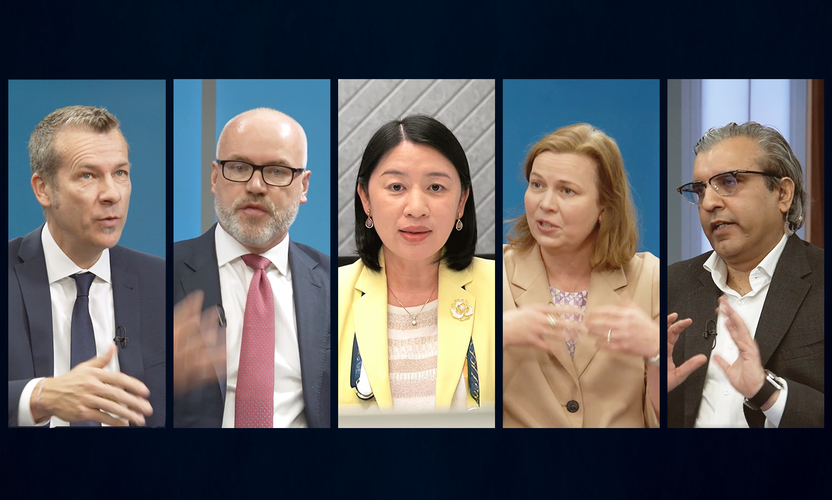What happened
China’s parliament, the National People’s Congress, made the surprise move on Tuesday of approving an additional 1 trillion yuan ($140 bn) of special government bond issuance. The decision follows mounting worries over China’s growth momentum and the ability of local government to pay down debt. Proceeds from the issuance will go towards the latter’s infrastructure, and disaster recovery and prevention projects. The announcement, in effect, expanded the fiscal deficit target for 2023 by 0.8 percentage points to 3.8 per cent of GDP.
Our interpretation
This is a significant pivot in fiscal policy. The 3 per cent fiscal deficit ‘red line’ has long been a hallmark of China’s fiscal discipline, and changing it off-schedule is rare. But with its debt level at only 21 per cent of GDP as of the first quarter, the central government still has plenty of firepower.
Expanding its balance sheet to finance infrastructure projects takes some of the growth burden off local government shoulders, and underscores China’s determination to defend its 2023 GDP growth target of “around 5 per cent”. The change implies that Beijing is more likely to aim for a similar level of growth for 2024 - above the market consensus of around 4.5 per cent.
The use of proceeds is limited and specific, like the few previous examples of special government bond issuances. What’s new is that China is not just funding infrastructure and property, but also plans to use some of the money to support water conservation and disaster recovery. This indicates that policymakers are not simply returning to the old stimulus playbook of spending on infrastructure and property. Instead, they want a new economic model that balances both growth and the environment.
Our outlook
A trillion yuan sounds like a lot, but it’s peanuts compared with the flood-like stimulus China unleashed after the Global Financial Crisis in the 2010s. The fiscal expansion will be effective as a counter-cyclical tool to stabilise fixed assets investment, but it will do little to resolve the biggest risks weighing on growth, namely the structural slowdown in the property sector and problems facing local government financing vehicles. The best way to restore confidence in the economy is still what policymakers call “high quality growth”. That means an upgrade of supply chains, more competitive technology, diversification of household wealth from property to financial assets, and a boost to consumption through policies that support household income and employment. We continue to think as we move towards 2024 that “controlled stabilisation” remains the baseline outcome from a growth perspective.







































